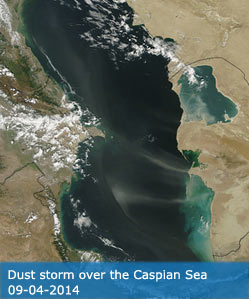Science Team
Publications
Kumar, M; Savita; Singh, H; Pandey, R; Singh, MP; Ravindranath, NH; Kalra, N (2019). Assessing vulnerability of forest ecosystem in the Indian Western Himalayan region using trends of net primary productivity. BIODIVERSITY AND CONSERVATION, 28(9-Aug), 2163-2182.
Abstract
The Himalayan ecosystem is one of the sensitive and fragile ecosystems with rich biodiversity that provides major ecosystem services. The study was conducted to measure the extent of vulnerability across forested grids of Uttarakhandone of the States of Indian Western Himalayan (IWH) region. The forests of the state are exposed to various anthropogenic and natural climatic pressures, thus making them vulnerable. In this paper, we demonstrate how to map vulnerability of forest ecosystem by analyzing variability and trends of net primary productivity (NPP). The vulnerability of the forest ecosystem was evaluated through trends of sensitivity and adaptability of NPP. The sensitivity of a system was considered as the response degree of the system to climatic variability whereas adaptability was considered as the ability to maintain, recover or improve its structure in the face of climatic stresses. In our study, NPP was considered as the receptor of shock and stresses of climatic variability and human disturbances. We discuss the method and results with reference to productivity changes under the influence of changing climate for the forested landscape of a mountainous region. The results have been summarized to rank vulnerability at the level of administrative boundary of governance, i.e. district. Average value of vulnerability for all NPP pixels of forests grids in a district was used to compute the vulnerability at district level. The study will help forest managers in decision making for efficiently allocating resources and to prioritize management options in the identified regions to improve productivity in coming times.
DOI:
10.1007/s10531-018-1663-2
ISSN:
0960-3115




